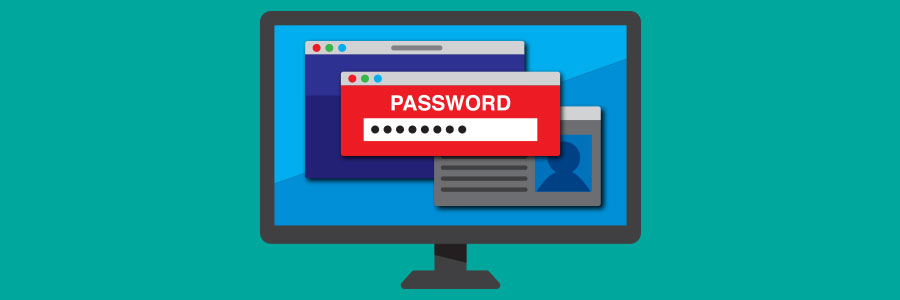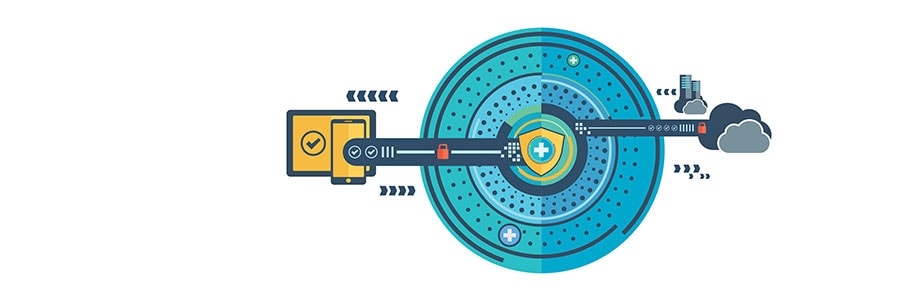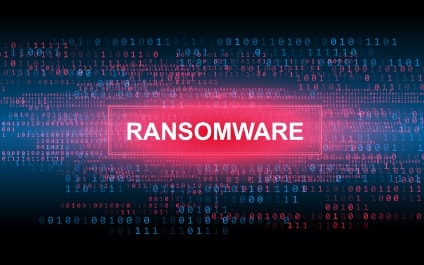A data breach or ransomware attack can be very costly. You can lose not just hundreds of dollars but also the reputation you’ve built through the years. This is one of the many reasons why you need cutting-edge cybersecurity solutions that can protect your business against evolving cybersecurity threats.
How managed IT services improve SMB cybersecurity
Understanding fileless malware

Though fileless malware has been around much longer, it only became a mainstream method of cyberattack in 2017. With fileless malware, cybercriminals are able to use legitimate tools and services, such as existing software, applications, and authorized protocols, to carry out malicious activities like unauthorized data retrieval or data damage.
The dangers of password autofill
Printer security tips to prevent cyberattacks against your business
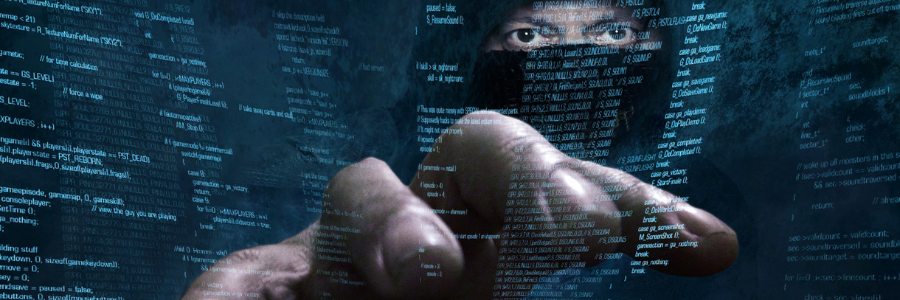
Business leaders invest a lot of time and resources into cybersecurity because they understand that protecting sensitive data is a necessity in the digital age. One business component that often gets overlooked are business printers. They are also vulnerable to cyberattacks, so make sure to follow these tips to ensure your company stays protected.
Picking the right VPN for your business
A guide to implementing proactive cybersecurity measures
Consider these points when purchasing antivirus software
Learn why you should only visit HTTPS sites

Everyone uses the internet daily for a variety of reasons: to work, shop, or communicate with other people. Browsing the internet has become so commonplace that we often forget to check whether the websites we visit are safe. Let this serve as a reminder: a website can be deemed safe if the website’s URL has an “S” after the “HTTP.” Learn why that “S” matters.
Kaseya Ransomware Update
Kaseya Ransomware Strike
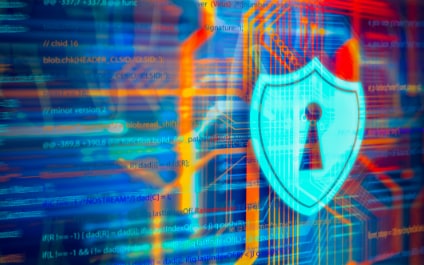
As you may have heard in the news over the 4th of July weekend, a very widely used tool by Managed Service Providers, including us, called Kaseya VSA was the focus of a ransomware attack on MSP's clients.
Similar to the recent Solarwinds and NinjaRMM attacks in which tools used by IT professionals are used to target the victims, but fortunately the scale here is much smaller and less impactful.


